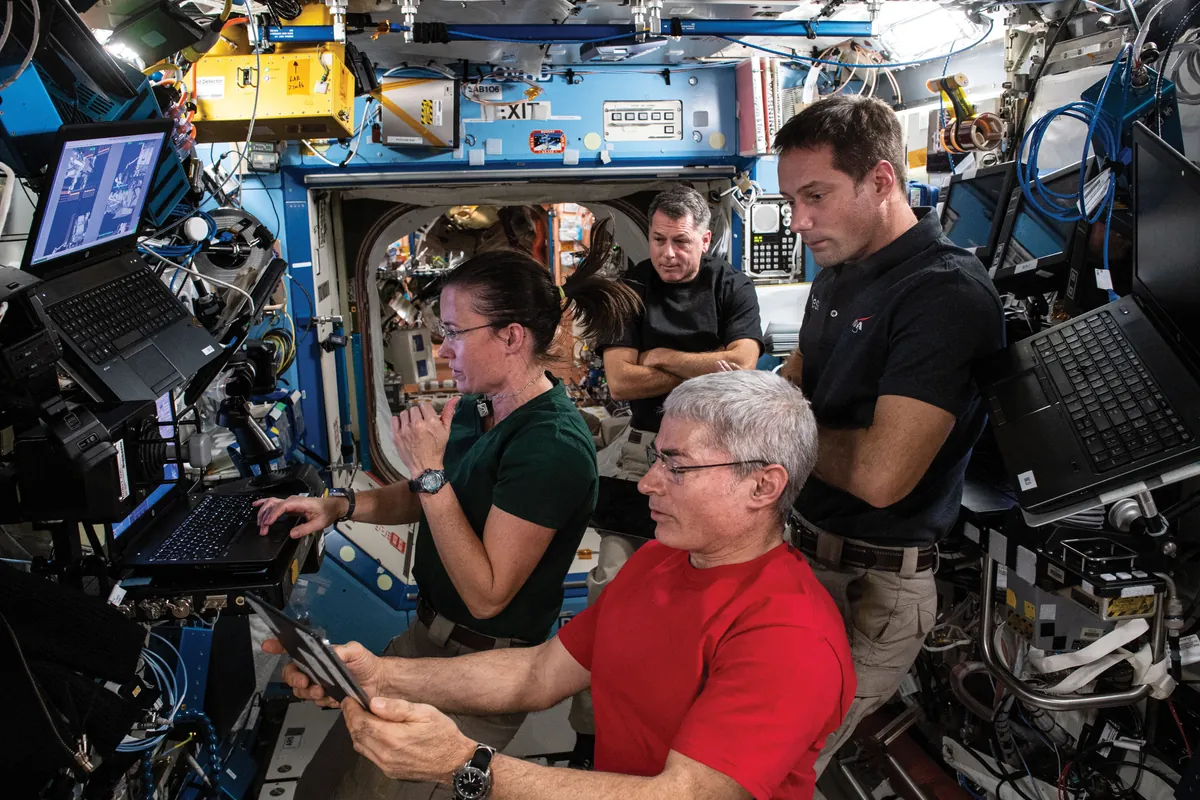Biotechnology is emerging as a critical component in humanity's quest to explore and potentially inhabit outer space. As NASA prepares for its Artemis III mission to return astronauts to the Moon in 2025, the role of biotech innovations in sustaining human life beyond Earth is becoming increasingly apparent.
Recent space missions have provided valuable insights into the biological impacts of space travel. The Inspiration4 mission in 2021 revealed genetic changes, altered blood oxygen levels, and cognitive impacts on crew members. These findings underscore the importance of developing biotechnological solutions to address the unique challenges posed by extraterrestrial environments.
Space agriculture is one area where biotech patents are making significant strides. The Passive Nutrient Delivery System (PONDS) patent (U.S. 10,945,389) addresses the challenge of growing plants in microgravity by providing consistent water and nutrient delivery. Another patent (U.S. 11,634,722) focuses on gene-editing techniques to cultivate plants in low-oxygen environments, reminiscent of the potato cultivation depicted in Andy Weir's novel "The Martian."
Pharmaceutical research in space is another crucial field. NASA's Micro-Organ Device (MOC) patents (U.S. 8,343,740 and U.S. 8,580,546) describe a drug-screening system designed for zero-gravity environments. This technology aims to accelerate drug development and evaluate biological stressors in space conditions. Additionally, patents for 3D Mineralized Bone Constructs (U.S. 8,076,136 and U.S. 8,557,576) facilitate the study of bone physiology under harsh space conditions.
Food preservation and fermentation technologies are also being adapted for space environments. The Surface Attached BioReactor (SABR) patent (U.S. 10,072,239) addresses the current lack of biological food generation capabilities on the International Space Station (ISS). This technology could significantly reduce the need for food resupply missions, which currently amount to approximately 1,200 kg per year for the ISS.
Advancements in cell culture biotechnology, such as the Miniature Bioreactor System (U.S. 9,023,642 B2), enable researchers to study cell cultures and their responses to space-specific stressors. This research has applications in pharmaceutical development tailored for space environments.
Biomedical sensors and diagnostics play a crucial role in monitoring astronaut health during space missions. The Inspiration4 mission utilized the Apple Watch to collect biometric data in flight, while NASA's Nanosensor Array for Medical Diagnoses (U.S. 10,566,089) provides non-invasive methods for fast and accurate disease detection in space.
These biotechnological innovations are not only crucial for space exploration but also have potential applications on Earth. The insights gained from space-based research could lead to breakthroughs in terrestrial healthcare, agriculture, and environmental management.
As the global space economy is projected to reach $1.8 trillion by 2035, the fusion of biotechnology and space exploration offers immense opportunities for discovery and innovation. By addressing the unique challenges of sustaining life in space, biotechnology is playing a pivotal role in humanity's journey to the stars.
